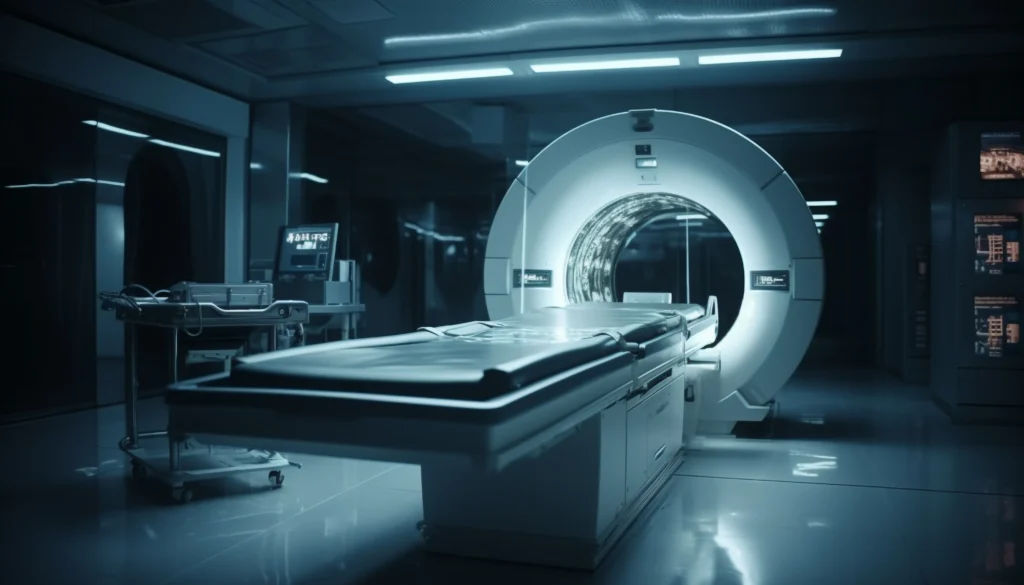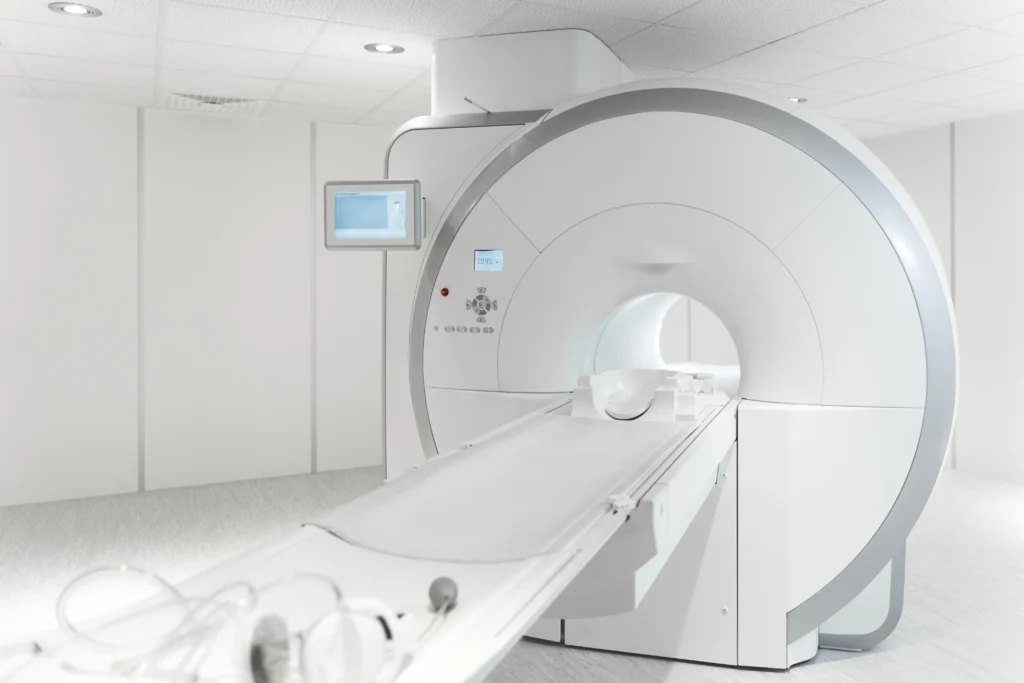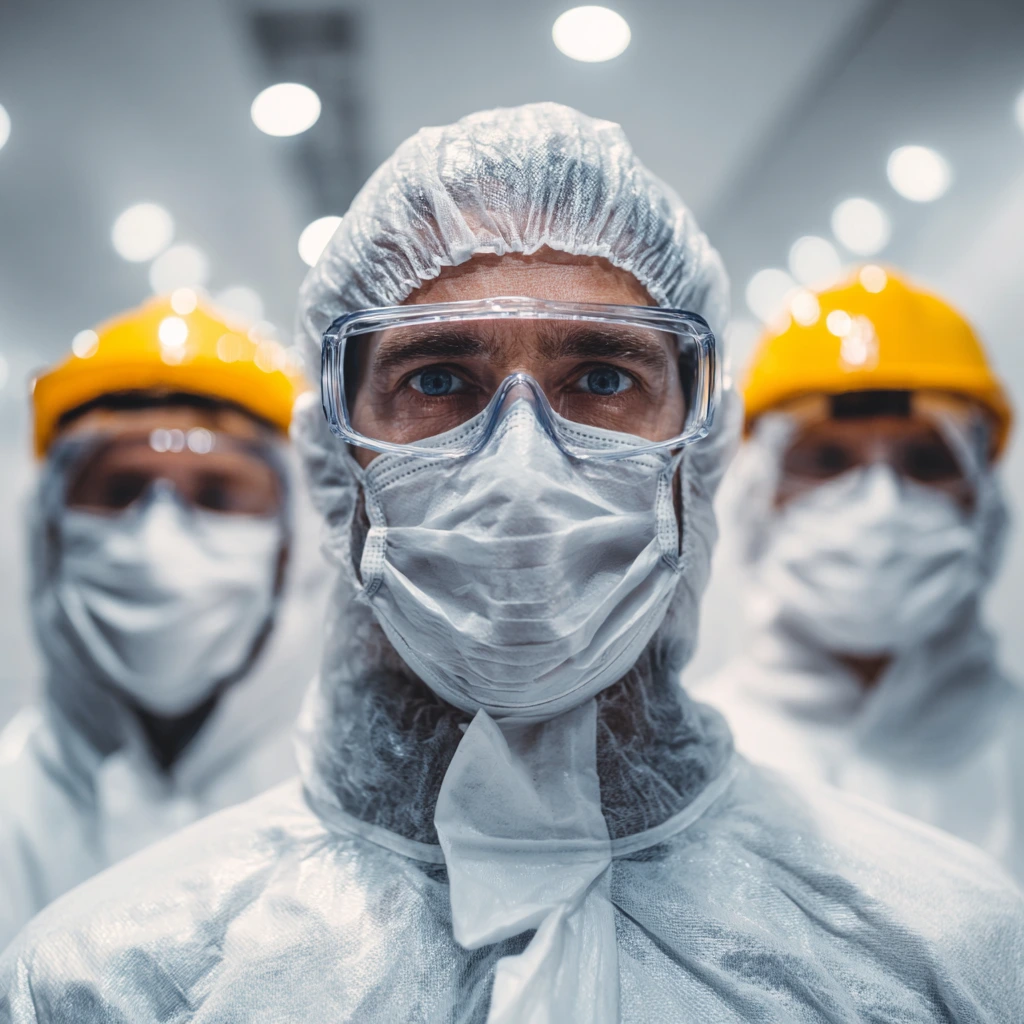On July 16, 2025, a heartbreaking tragedy occurred at a medical imaging center on Long Island that has sent shockwaves through the healthcare community and the public alike. A man lost his life after being violently pulled into an MRI machine while wearing a large metal chain around his neck. This tragic accident is a stark reminder of the immense power of MRI machines’ magnetic fields and the critical need for strict safety protocols to protect everyone in and around the scanning environment. In this article, we will take a closer look at the incident, explain why MRI machines can be so dangerous if safety rules are not followed, and explore the vital lessons learned to prevent future occurrences.

What Happened During the MRI Incident?
The incident unfolded when a 61-year-old man entered an MRI room at a Nassau County imaging facility while an MRI scan was actively underway. Although he was not the patient scheduled for the scan, he was reportedly accompanying a family member undergoing the procedure. Tragically, the man was wearing a large metal chain necklace that had not been removed prior to entering the MRI room.
MRI machines generate an extremely powerful magnetic field designed to create detailed images of the body’s internal structures. This magnetic force can pull any ferromagnetic metal objects toward the scanner at high speed. The man’s metal chain was suddenly and forcefully attracted by the MRI’s magnet, pulling him into the machine and causing severe injuries.
Despite immediate emergency medical intervention and rapid transport to a hospital, the man succumbed to his injuries the following day. Initial reports indicate that he entered the room despite safety warnings, underscoring the dangers of ignoring established MRI safety rules. The facility is now reviewing its protocols to understand how such a breach could have occurred and how to prevent similar tragedies.

Why Are MRI Machines So Dangerous When Metal Is Present?
Magnetic Resonance Imaging (MRI) is a powerful diagnostic tool that uses strong magnetic fields and radio waves to create detailed images of organs and tissues inside the body. Unlike X-rays or CT scans, MRI machines do not use ionizing radiation, making them a preferred choice for many types of diagnostic imaging.
However, the strength of the magnets inside MRI machines is what creates a serious safety hazard when metal is involved. The magnets can be tens of thousands of times stronger than the Earth’s magnetic field. Any ferromagnetic metal—iron, steel, nickel, cobalt, and alloys containing these metals—can be rapidly pulled toward the MRI scanner with tremendous force.
This means that seemingly harmless objects such as jewelry, watches, keys, oxygen tanks, wheelchairs, or implanted devices can become dangerous projectiles. Even a small metal item can cause serious injury or death if it is attracted by the magnetic field. This is why thorough screening and strict adherence to safety protocols are non-negotiable in MRI suites.
The Critical Role of MRI Safety Protocols
To prevent accidents, medical facilities follow rigorous safety measures designed to protect patients, visitors, and staff. These protocols typically include:
- Metal Screening: Patients and anyone entering the MRI room must be screened for any metallic objects or implants. This includes removing jewelry, watches, credit cards, hearing aids, and checking for implanted medical devices.
- Clear Signage and Warnings: MRI suites are clearly marked with warnings about the dangers of magnetic fields. Unauthorized personnel and those with metal on their person are not permitted to enter during scans.
- Staff Training: Healthcare workers receive specific training on MRI safety, understanding risks and emergency procedures.
- Controlled Access: MRI rooms are secured to prevent unauthorized entry during scans, with protocols to ensure only properly screened individuals enter.
The recent Long Island tragedy raises serious questions about how these protocols were breached and what can be done to improve enforcement. Medical centers must continually audit their procedures, reinforce staff vigilance, and educate patients and families on the importance of MRI safety.

Lessons Learned and the Path Forward
While rare, MRI-related accidents can have fatal consequences, as this recent event painfully illustrates. It serves as a solemn reminder that:
- Awareness is vital: Patients and accompanying persons must understand that metal objects pose life-threatening risks near MRI machines.
- Strict adherence to rules saves lives: No exceptions should be made for anyone entering MRI scan rooms during operation.
- Continuous education and enforcement: Facilities should regularly review their safety protocols and ensure all staff and visitors are aware and compliant.
- Emotional support matters: Beyond technical improvements, supporting families and staff affected by such tragedies is essential.
Investigations into the incident are ongoing, and no criminal charges have been reported at this time. The hope is that this tragic loss will prompt medical facilities worldwide to re-examine and strengthen their safety measures, ensuring that MRI scans remain one of the safest and most effective diagnostic tools available.
The death of the man on Long Island is a tragic and avoidable loss that underscores the critical importance of MRI safety. Powerful medical technology demands respect and strict protocols. By learning from this incident, both healthcare providers and patients can work together to prevent future accidents and ensure that MRI remains a trusted, safe tool in modern medicine.